Table of Contents
Cu Chi Vietnam war, a country steeped in rich history and resilience, has been the stage of numerous conflicts and wars. Among them, the Vietnam War stands out as a defining moment in the nation’s struggle for independence and unification. The Cu Chi Tunnels, an intricate network of underground tunnels in Southern Vietnam, played a pivotal role in this conflict and bear witness to the extraordinary resourcefulness and adaptability of the Vietnamese people.
A Labyrinth Beneath the Earth
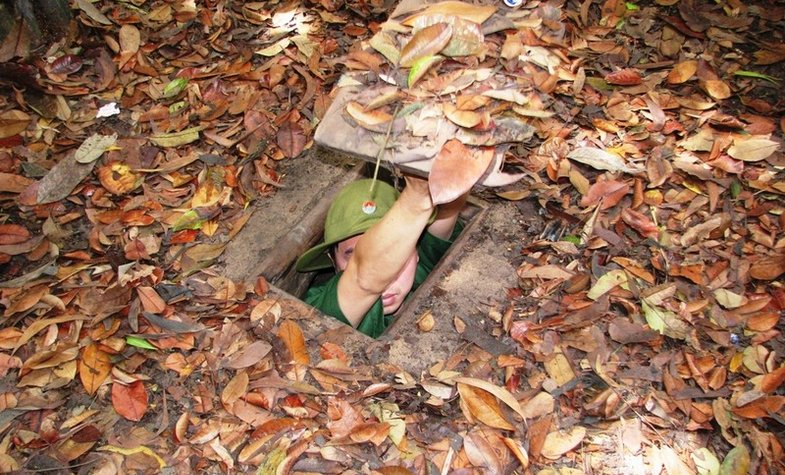
Nestled in the lush, verdant countryside of Cu Chi district, approximately 70 kilometers northwest of Ho Chi Minh City, lies the Cu Chi Vietnam war. This subterranean network spans over 250 kilometers, weaving through rice paddies, dense forests, and villages. The tunnels were meticulously constructed over the course of decades, serving as a strategic military base for the Viet Cong during the Vietnam War.
Location and Layout
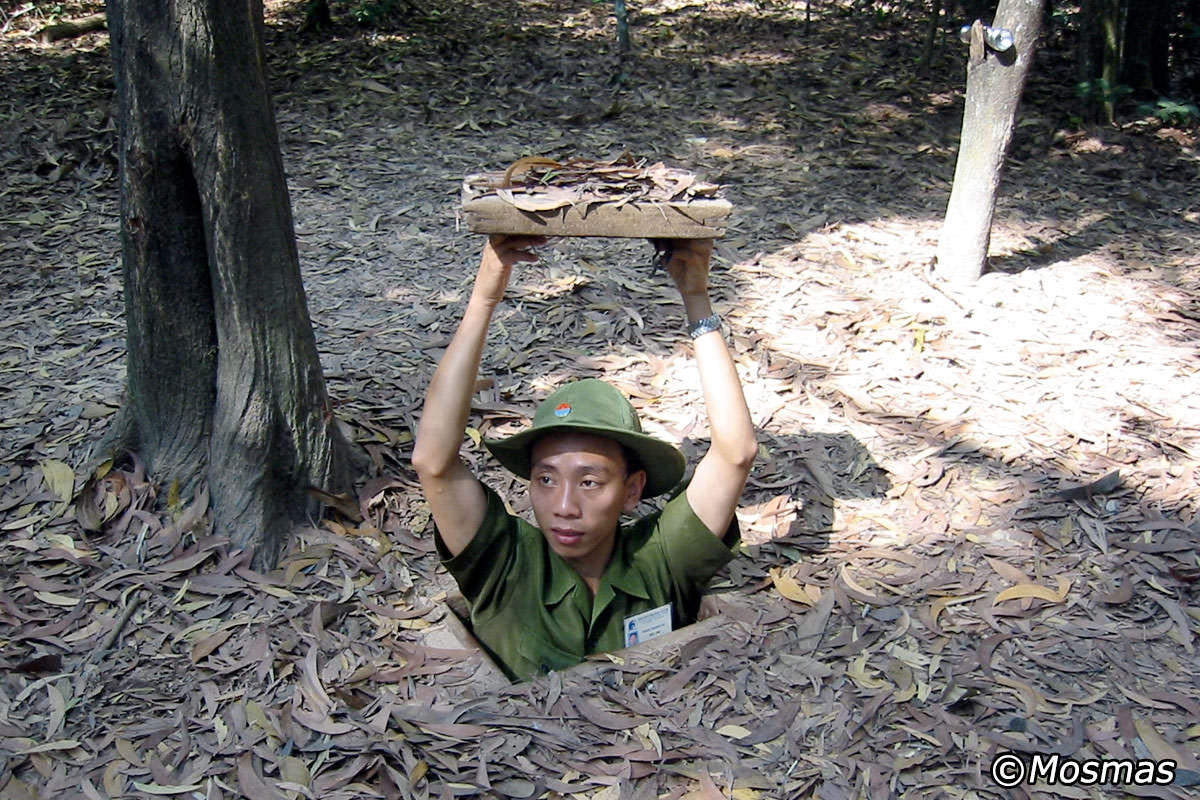
The Cu Chi Tunnels are located in the Cu Chi district of Ho Chi Minh City, formerly known as Saigon. The district is situated along the Saigon River and is surrounded by dense vegetation, making it an ideal location for guerrilla warfare. The tunnels are divided into three main sections: Ben Dinh, Ben Duoc, and Ben Suc. Each section has its own unique layout and features, but all are connected by a vast network of underground passageways.
Construction and Design

The construction of the Cu Chi Vietnam war was a massive undertaking that required immense planning and coordination. The tunnels were dug by hand using simple tools such as shovels, hoes, and picks. The soil was then carried away in baskets and dumped in nearby rivers or hidden in the surrounding vegetation. The tunnels were designed to be narrow, with an average height of only 1 meter and width of 0.8 meters. This allowed the Viet Cong soldiers to move quickly and easily through the tunnels, but also made it difficult for enemy soldiers to navigate.
Camouflage and Concealment
One of the most impressive aspects of the Cu Chi Vietnam war is their camouflage and concealment techniques. The entrances to the tunnels were hidden in plain sight, often disguised as termite mounds or covered with leaves and branches. Inside the tunnels, there were trapdoors and false floors that could be used to deceive and confuse the enemy. The Viet Cong also used smoke from cooking fires to mask the smell of food and prevent detection.
Ventilation and Communication
To ensure a steady supply of oxygen and to prevent the buildup of carbon dioxide, the tunnels were equipped with an intricate system of ventilation shafts. These shafts were carefully concealed and designed to blend in with the surrounding environment. In addition, the Viet Cong soldiers used a series of coded signals and underground communication systems to relay messages and coordinate attacks.
Genesis of an Underground Bastion
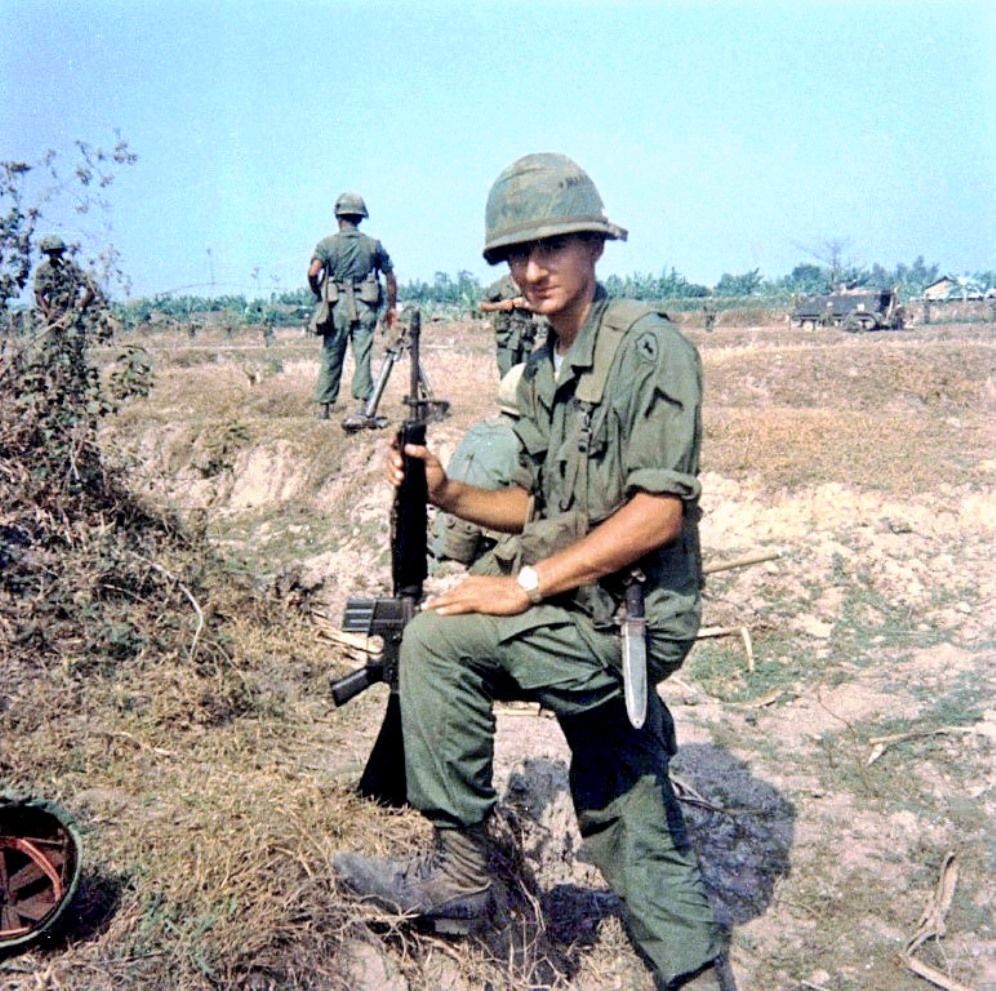
The origins of the Cu Chi Vietnam war can be traced back to the French colonial era. During their occupation of Vietnam, the French constructed a network of tunnels as a means of controlling the local population. After Vietnam gained independence in 1954, the Viet Cong expanded and refined these tunnels, transforming them into a formidable underground fortress.
French Influence
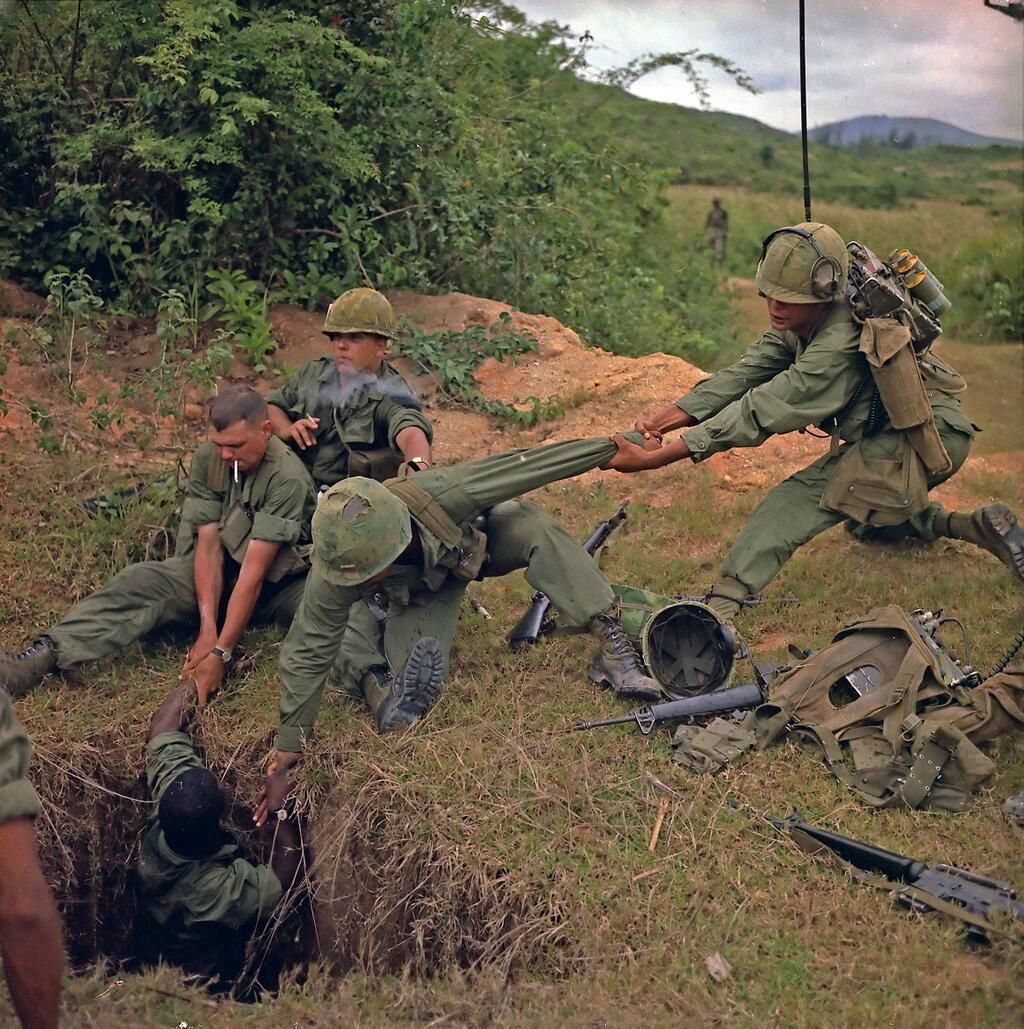
The French first began constructing tunnels in Vietnam in the late 19th century during their colonization of the country. These tunnels were primarily used for transportation and communication purposes. However, during the First Indochina War (1946-1954), the French utilized the tunnels as military bases and storage facilities. This was the first time the Vietnamese people were exposed to the concept of tunnel warfare.
Expansion by the Viet Cong
After the Geneva Accords in 1954, which divided Vietnam into North and South, the Viet Cong began to expand and refine the existing tunnel network. They used the tunnels as a means of transportation, communication, and supply routes. The Viet Cong also added new features such as booby traps, underground hospitals, and weapons factories.
Living Conditions in the Tunnels
The living conditions inside the Cu Chi Vietnam war were harsh and challenging. The tunnels were dark, damp, and infested with insects and rodents. The soldiers had to endure cramped spaces, limited food supplies, and constant fear of enemy attacks. Despite these conditions, the Viet Cong soldiers adapted and made the best of their underground living quarters.
Strategic Importance
The Cu Chi Tunnels played a crucial role in the Vietnam War, serving as a base for the Viet Cong’s guerrilla tactics. The tunnels allowed the Viet Cong to move undetected, launch surprise attacks, and evade capture by the American forces. They also served as a safe haven for the Viet Cong soldiers, providing them with shelter and protection from aerial bombings.
A Symphony of Tunneling Techniques
The Cu Chi Tunnels are a testament to the ingenuity and perseverance of the Vietnamese people. The construction and maintenance of the tunnels required a wide range of skills and techniques, which were passed down from generation to generation.
Manual Labor
The tunnels were primarily constructed using manual labor, with each tunnel taking several months to complete. The workers had to be skilled and patient, as the digging process was slow and tedious. They also had to be extremely careful not to make too much noise or cause any cave-ins that could alert the enemy.
Booby Traps
One of the most effective defensive strategies used by the Viet Cong was the placement of booby traps throughout the tunnels. These traps were designed to maim or kill any enemy soldiers who entered the tunnels without warning. Some of the most commonly used traps included punji sticks, tripwires, and grenade traps.
Types of Booby Traps
There were various types of booby traps used in the Cu Chi Tunnels, each with its own unique purpose and design. Punji sticks were sharpened bamboo stakes placed in shallow pits and covered with leaves or debris. Tripwires were thin wires attached to explosives that would detonate when triggered. Grenade traps were made by attaching grenades to tripwires or pressure plates.
Effectiveness of Booby Traps
The booby traps used in the Cu Chi Tunnels were highly effective in slowing down and injuring enemy soldiers. They also served as a psychological deterrent, instilling fear and caution in the minds of American troops. The Viet Cong soldiers were well-trained in navigating through the tunnels and avoiding their own traps, making it difficult for the enemy to capture or kill them.
Impact of the Cu Chi Vietnam war
The Cu Chi Tunnels had a significant impact on the outcome of the Vietnam War and continue to hold historical and cultural significance for the Vietnamese people. They serve as a reminder of the resilience and determination of the Vietnamese people in the face of adversity.
Military Significance
The Cu Chi Tunnels played a crucial role in the Vietnam War, providing the Viet Cong with a strategic advantage over the American forces. The tunnels allowed the Viet Cong to launch surprise attacks, evade capture, and maintain a constant supply of weapons and resources. The American military was unable to effectively combat this unconventional form of warfare, leading to their eventual withdrawal from Vietnam.
Cultural Heritage
The Cu Chi Tunnels have become an important part of Vietnam’s cultural heritage, attracting thousands of visitors every year. The tunnels serve as a symbol of the country’s struggle for independence and unification and are a source of national pride for the Vietnamese people. They also provide valuable insights into the ingenuity and resourcefulness of the Vietnamese people during times of war.
Tourism and Education
The Cu Chi Tunnels have become a popular tourist destination, with visitors from all over the world coming to see this historic site. Tourists can explore a small section of the tunnels and learn about the history and significance of the Cu Chi Tunnels through guided tours. The tunnels also serve as an educational tool, providing visitors with a firsthand look at the conditions and challenges faced by the Viet Cong soldiers during the Vietnam War.
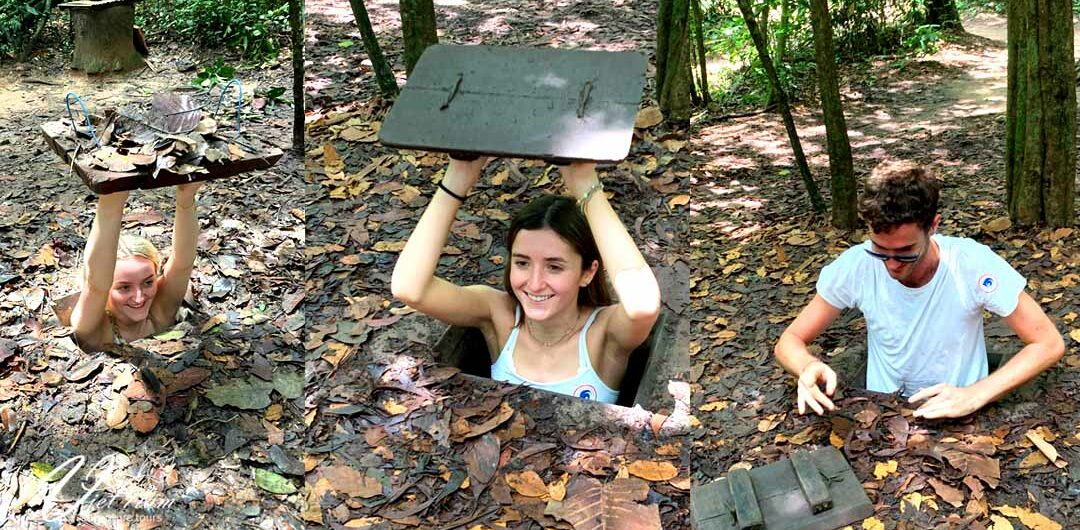
Conclusion
The Cu Chi Vietnam war are a testament to the resilience and determination of the Vietnamese people during one of the most challenging periods in their history. These underground tunnels played a crucial role in the Vietnam War and continue to hold historical and cultural significance for the country. They serve as a reminder of the ingenuity and resourcefulness of the Vietnamese people and their ability to adapt and overcome adversity. The Cu Chi Tunnels are a must-visit for anyone interested in learning more about the Vietnam War and experiencing a piece of Vietnam’s rich history.